
World of Words
Opportunities for learning words are all around. Learn strategies to grow children's vocabulary through everyday routines.
Everything you do and every place you go with little ones is an opportunity to learn language. Keeping in mind the value of play, consider these games to help kids develop their vocabularies as you go about your day:
- Name It! During playtime, use a variety of words to describe the same thing, such as “That truck is really big. It’s huge! It’s enormous!” Ask kids to describe another play object use similar words.
- It’s Alive! When you take a walk, name all the living things you pass (or all the things that are round or small or green), and then ask kids to describe them.
- What Else Can It Be? When cooking or cleaning up, encourage curiosity and creativity by playing games to find different ways to use common objects. Ask, “What else could this paper-towel roll be? Could it be a telescope?” or “Could we use this pot as a drum?”
- Bath Babble. During bath time, help kids learn the names and relationships of body parts as they scrub them. Ask, “What’s this?” “Is that your toe? What is it connected to?”
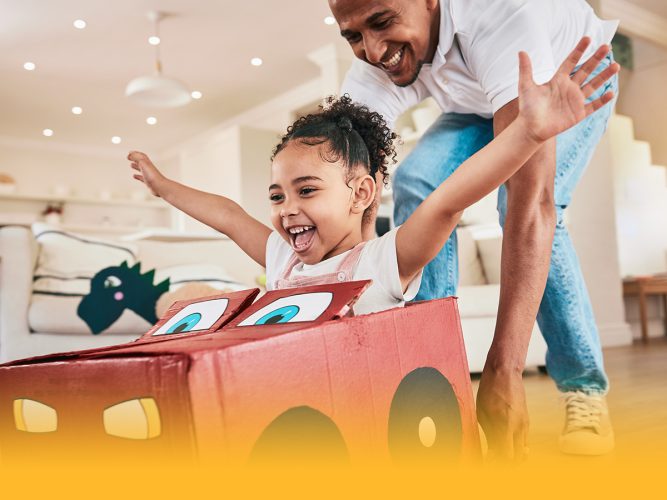
The Power of Following Children’s Lead
Joining children in their play offers so many opportunities to encourage, communicate, bond, spark and share joy, teach, show warmth and kindness, and help them thrive.
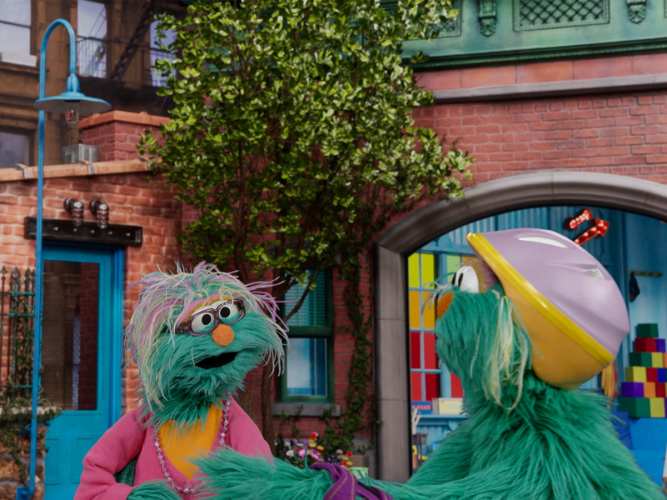
Parenting Moment: Describing
The way you talk with children matters! Your words have power.
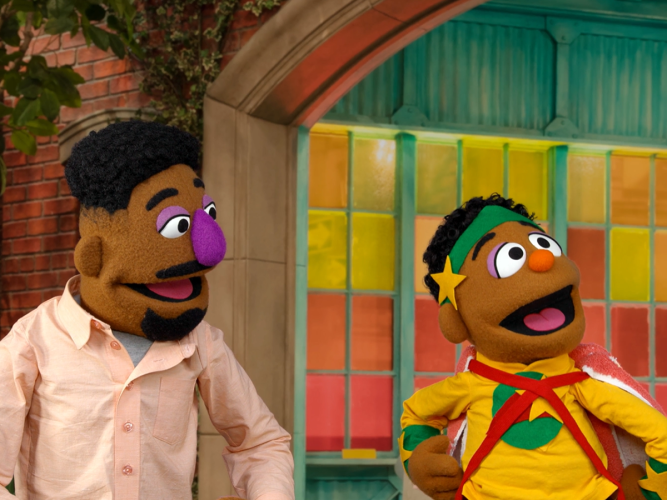
Parenting Moment: Imitating
Playing is learning! The way you play with children matters… your actions and words have power.
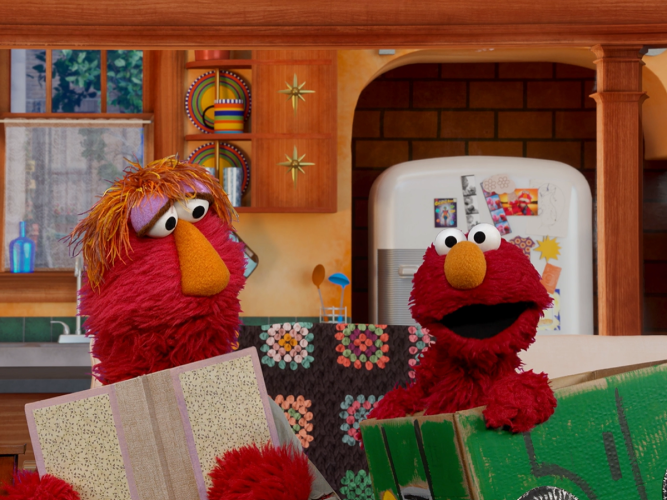
Parenting Moment: Reflecting
The way you talk with children matters… your words have power!
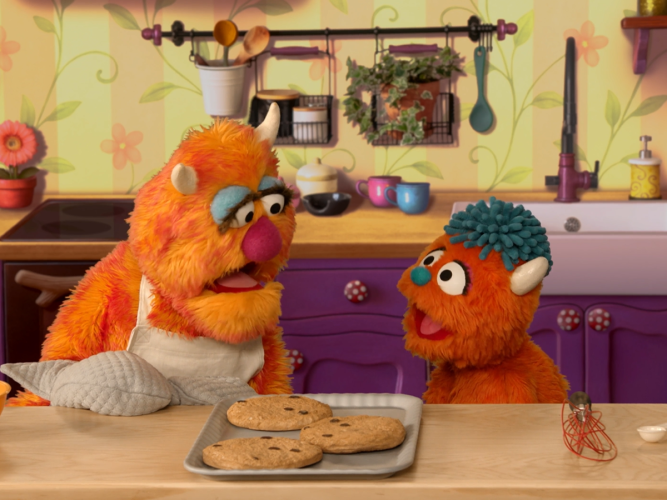
Parenting Moment: Enjoying!
Showing you enjoy your time together with your child builds your special bond. And when you’re being positive, your little one is more likely to do the same.
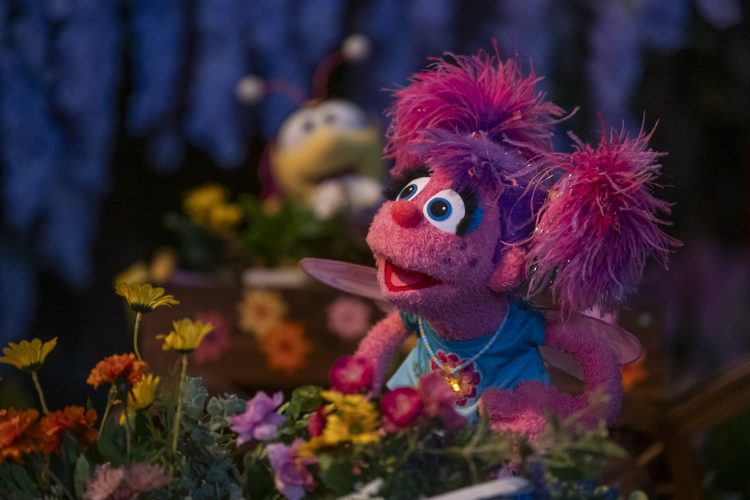
Watch and Play: Abby's Magical Beasties
Watch this episode and explore ways to extend the learning at home.
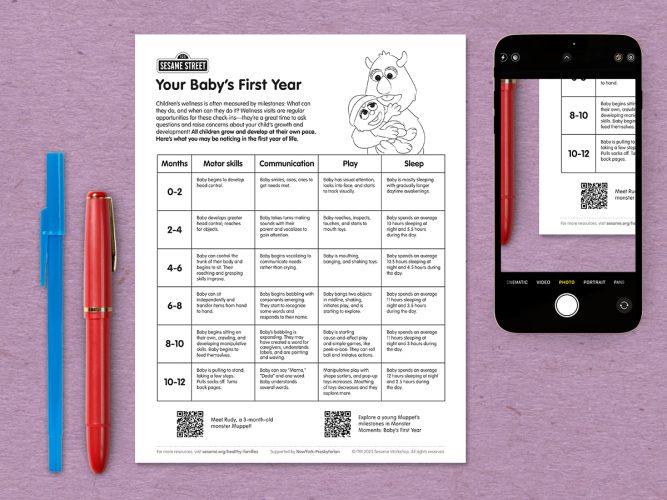
Milestones: Your Baby’s First Year
All children grow and develop at their own pace; use this chart to guide your expectations and observations so you can talk to your child’s pediatrician about questions or concerns.
